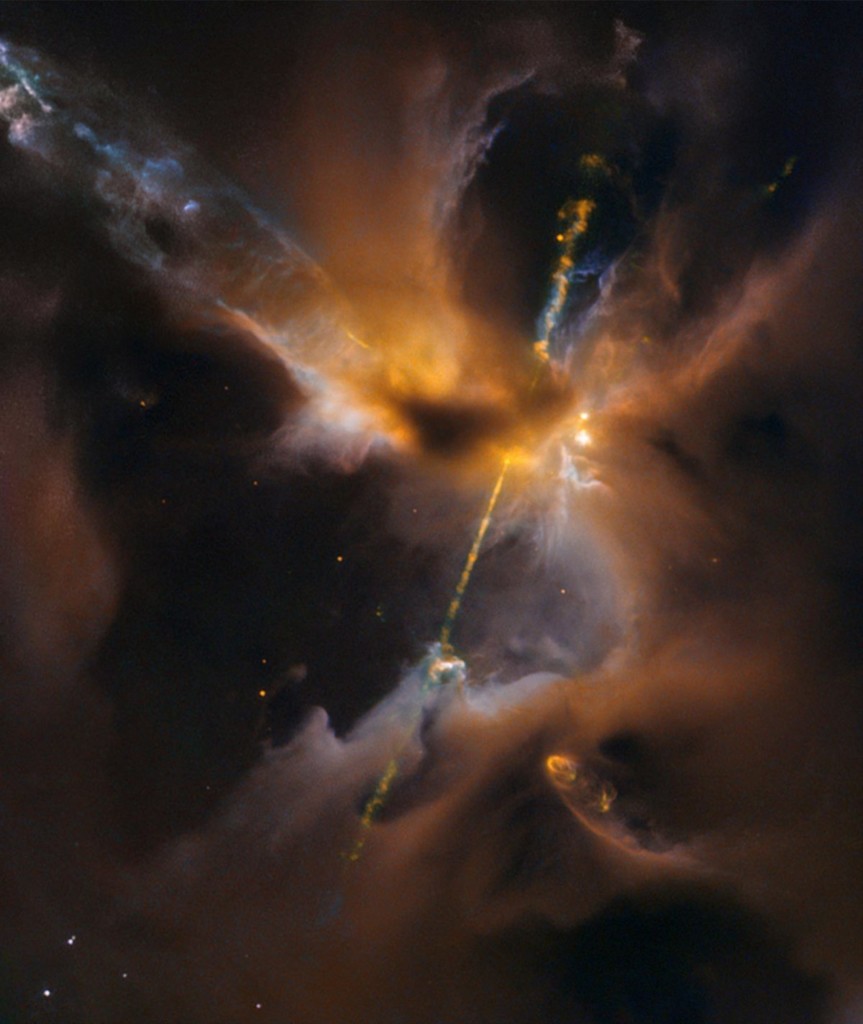Je dis souvent que la réponse est toujours dans la question :
il n’est pas de Nouveau Monde qui se trouve en élargissant les routes de l’ancien.
… Au royaume de l’effort, tous les chemins, dessinés sur les traces — illusoires — de [les-forts], mènent au confort [aux cons-forts]
Faire un peu plus de la même chose, se comporter de la même façon dans des référentiels similaires en espérant un résultat différent est une auto-limitation, non conscientisée.
Le monde perçu et expérimenté est réduit à ce qui en a(vait) été postulé a priori. Il est con-formé (!) par la croyance irraisonnée en la validité absolue des modalités de réponses déjà éprouvées, qui se retrouvent ainsi déclinables et (vainement) réitérables, à l’infini des probables.
Le mental est accroché à une roue de hamster qui, depuis toujours, le guide. Piégé par la forme et le mouvement de ce manège, qui lui tiennent lieu d’œillères hypnotiques, enfermé dans sa circularité, il lui est intolérable d’en envisager un seul instant la suspension.
Lorsqu’il le fait, celle-ci ne peut se concevoir que dans des formes eschatologiques, sous le dessin exclusif de quelque irrépressible cygne noir à l’envergure sacrée, de desseins transcendants aux effets apocalyptiques.
L’individu, la société, prisonniers de leurs cadres conceptuels les moins conscients, les plus solides, ne savent pas, ne parviennent pas, à envisager une telle suspension — la perte de leurs ancrages — comme un générateur de dimensions nouvelles. Une porte alors entrebâillée vers d’autres univers.
Les possibles ne sont limités que par l’incapacité créative à sortir du cadre — condition pour en dessiner de plus larges —. A dépasser les présupposés qui, ayant structuré l’exposé de la question, l’ont généralement fondée.
Ou, selon les termes de Paul Watzlawick « wenn die Lösung das Problem ist » (quand la solution est le problème).
Maurice Blanchot disait « La réponse est le malheur de la question. »

Just in time for the release of the movie “Star Wars Episode VII: The Force Awakens,” NASA’s Hubble Space Telescope has photographed what looks like a cosmic, double-bladed lightsaber. In the center of the image, partially obscured by a dark, Jedi-like cloak of dust, a newborn star shoots twin jets out into space as a sort of birth announcement to the universe. “Science fiction has been an inspiration to generations of scientists and engineers, and the film series Star Wars is no exception,” said John Grunsfeld, astronaut and associate administrator for the NASA Science Mission directorate. “There is no stronger case for the motivational power of real science than the discoveries that come from the Hubble Space Telescope as it unravels the mysteries of the universe. » This celestial lightsaber does not lie in a galaxy far, far away, but rather inside our home galaxy, the Milky Way. It’s inside a turbulent birthing ground for new stars known as the Orion B molecular cloud complex, located 1,350 light-years away. When stars form within giant clouds of cool molecular hydrogen, some of the surrounding material collapses under gravity to form a rotating, flattened disk encircling the newborn star. Though planets will later congeal in the disk, at this early stage the protostar is feeding on the disk with a Jabba-like appetite. Gas from the disk rains down onto the protostar and engorges it. Superheated material spills away and is shot outward from the star in opposite directions along an uncluttered escape route — the star’s rotation axis. Shock fronts develop along the jets and heat the surrounding gas to thousands of degrees Fahrenheit. The jets collide with the surrounding gas and dust and clear vast spaces, like a stream of water plowing into a hill of sand. The shock fronts form tangled, knotted clumps of nebulosity and are collectively known as Herbig-Haro (HH) objects. The prominent HH object shown in this image is HH 24. Just to the right of the cloaked star, a couple of bright points are young stars peeking through and showing off their own faint lightsabers — including one that has bored a tunnel through the cloud towards the upper-right side of the picture. Overall, just a handful of HH jets have been spotted in this region in visible light, and about the same number in the infrared. Hubble’s observations for this image were performed in infrared light, which enabled the telescope to peer through the gas and dust cocooning the newly forming stars and capture a clear view of the HH objects. These young stellar jets are ideal targets for NASA’s upcoming James Webb Space Telescope, which will have even greater infrared wavelength vision to see deeper into the dust surrounding newly forming stars. The Hubble Space Telescope is a project of international cooperation between NASA and the European Space Agency. NASA’s Goddard Space Flight Center in Greenbelt, Maryland, manages the telescope. The Space Telescope Science Institute (STScI) in Baltimore, Maryland, conducts Hubble science operations. STScI is operated for NASA by the Association of Universities for Research in Astronomy, in Washington, D.C.

Commentaire sur “Nous, vos mondes…”